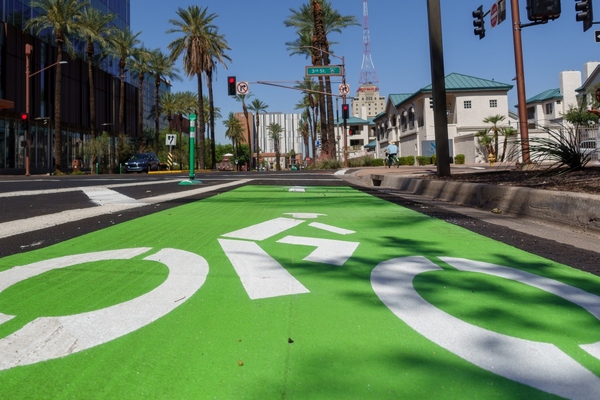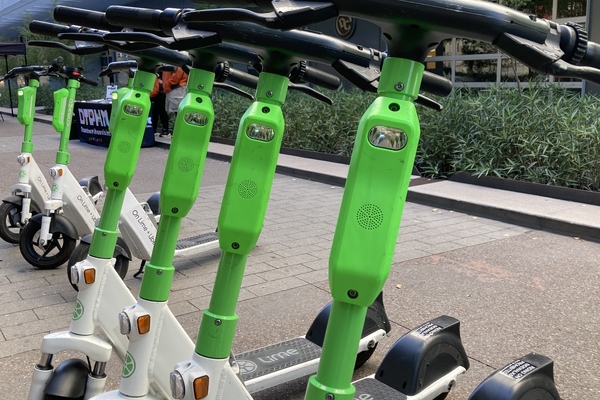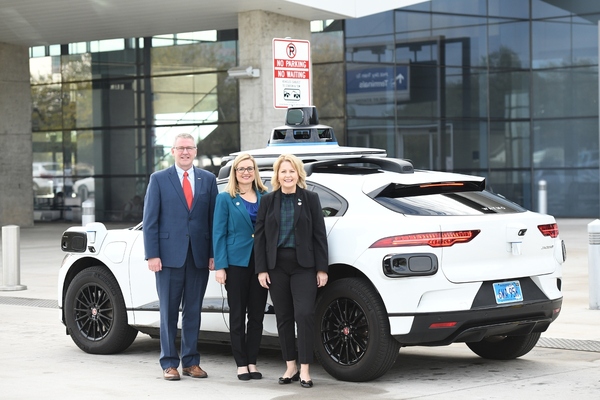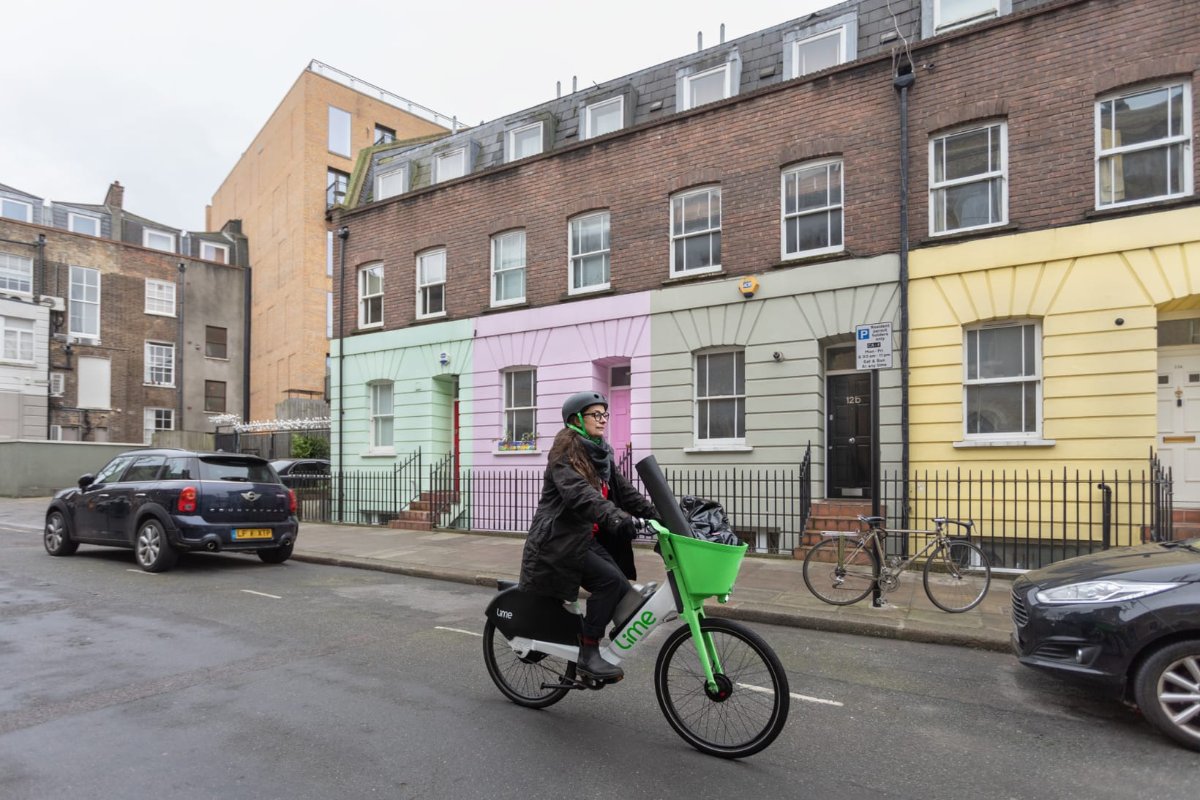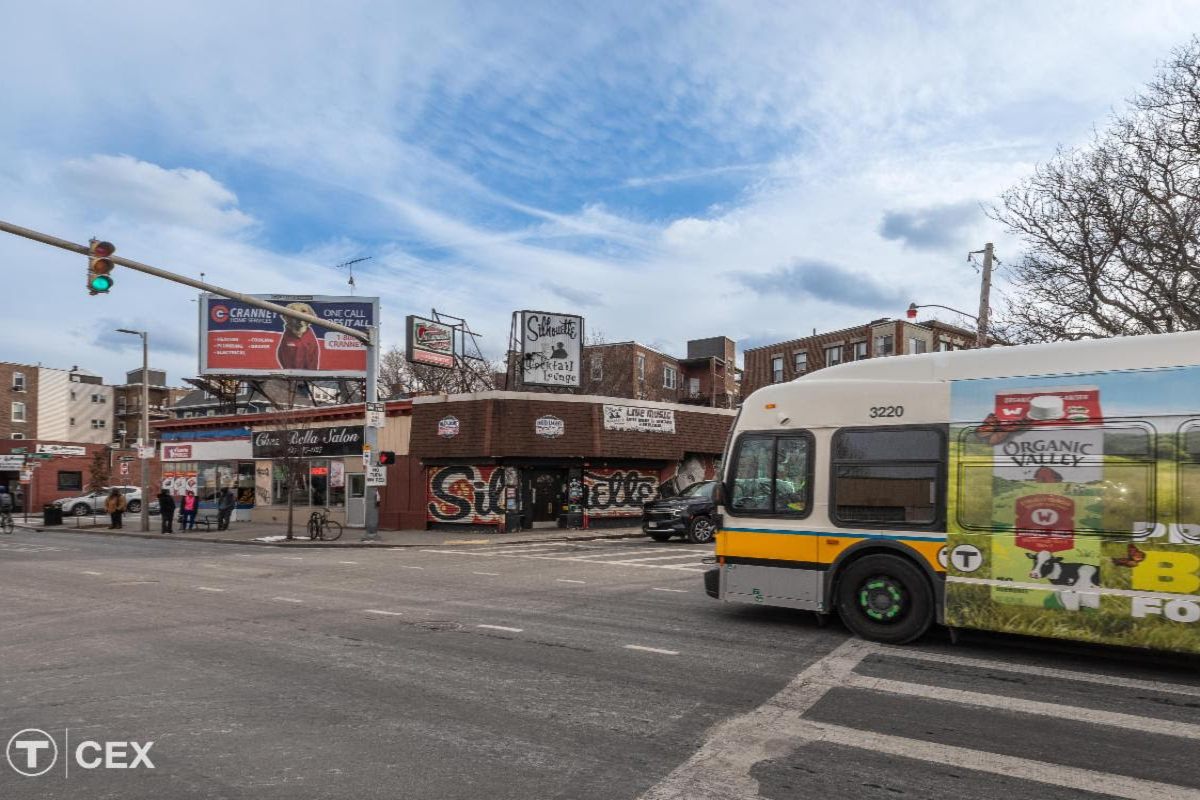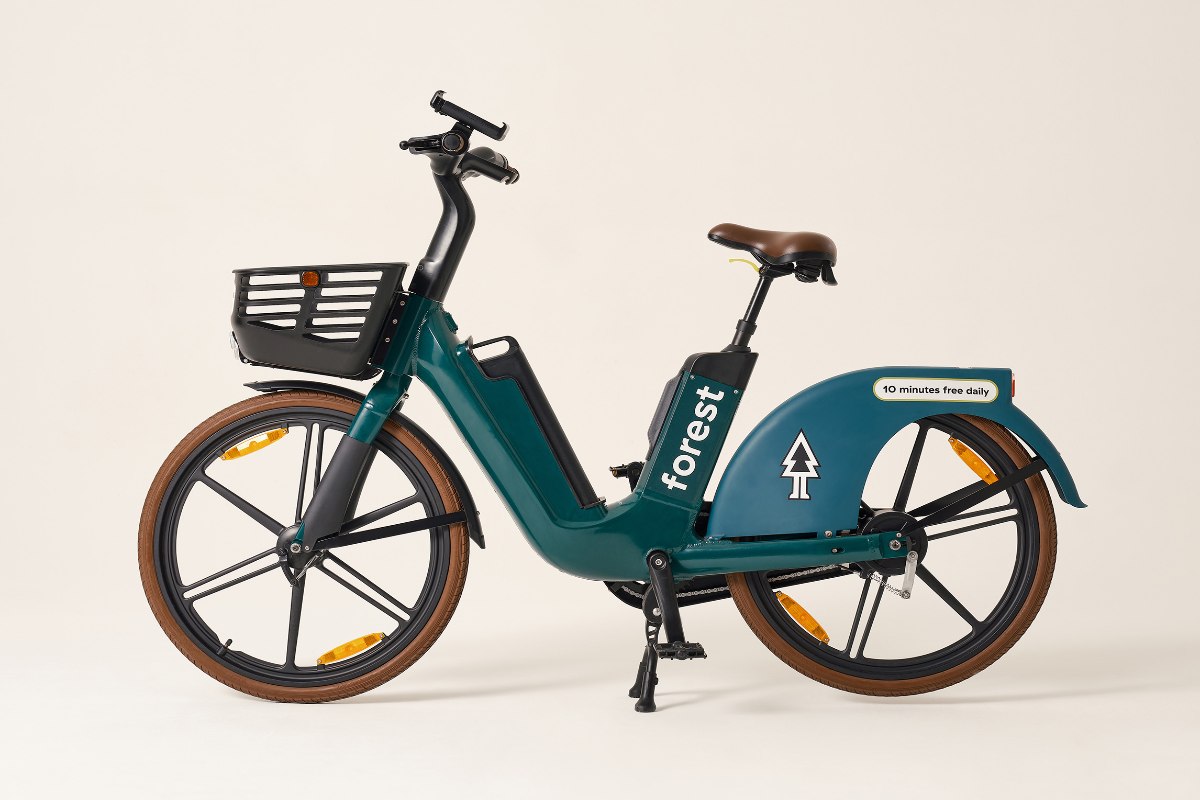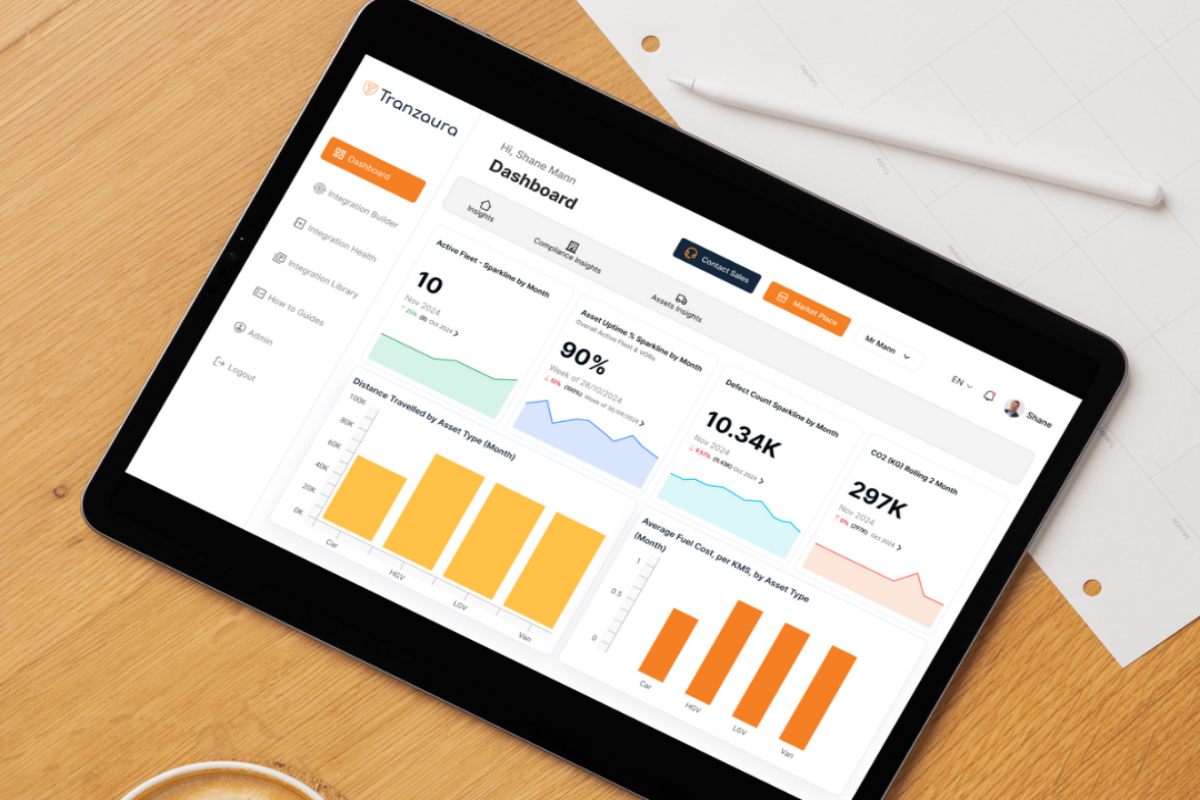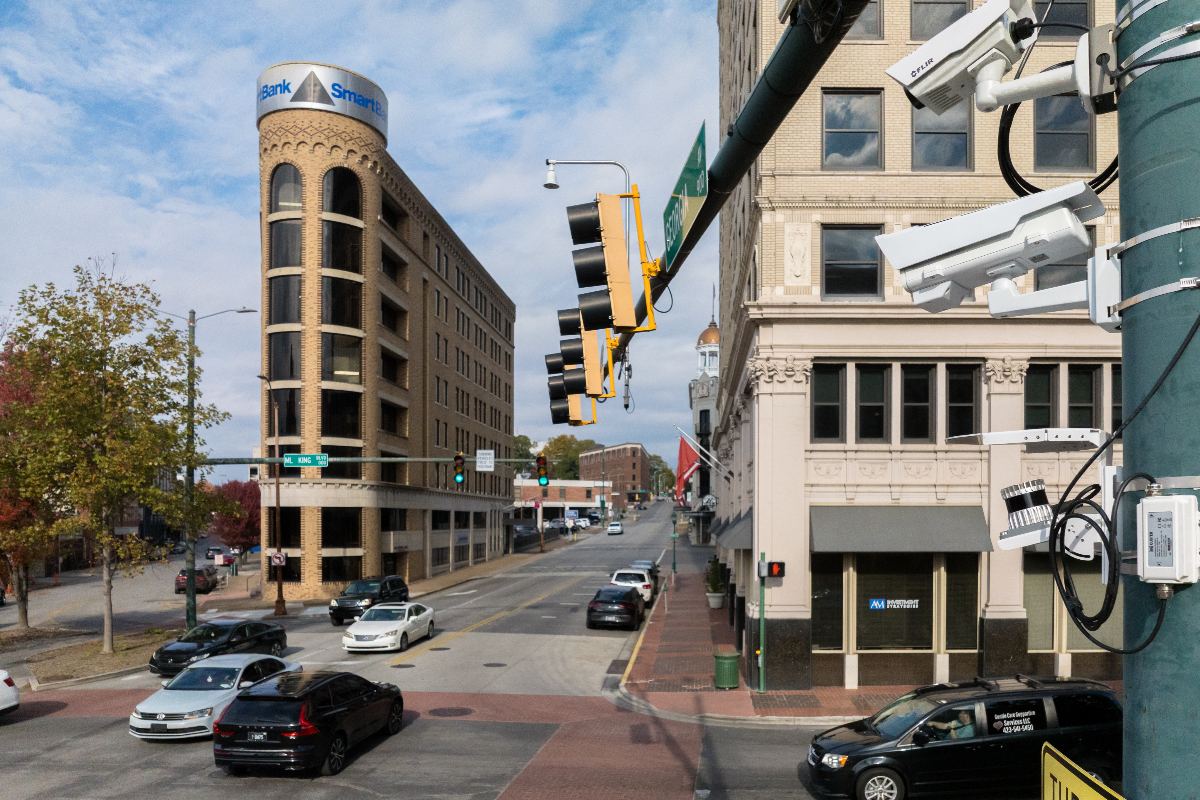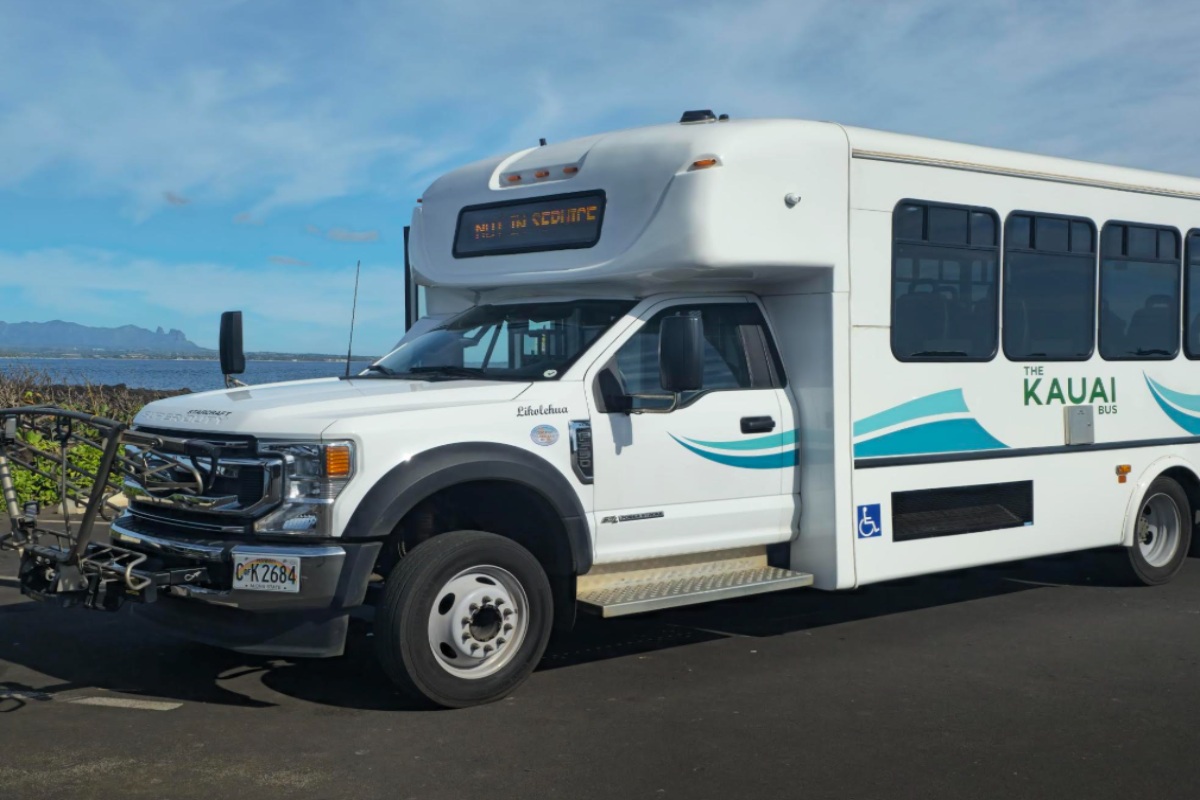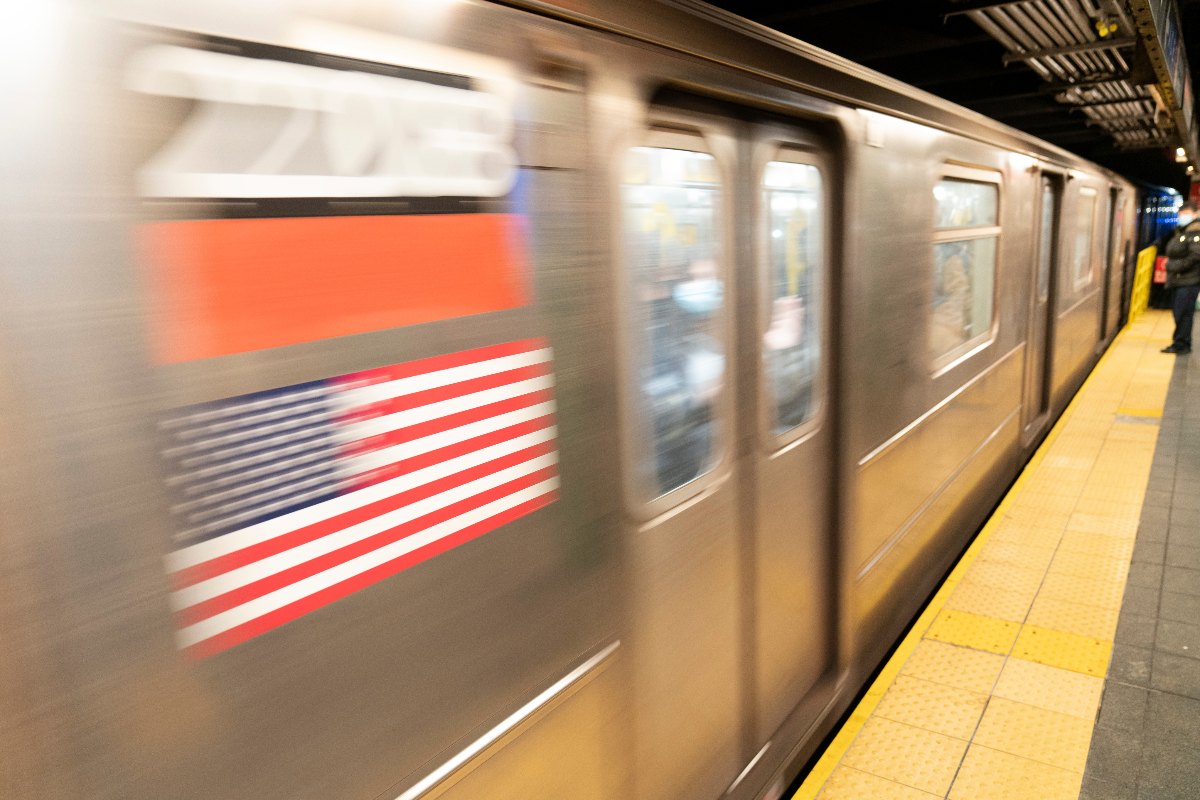Special Reports
SusHi Tech Tokyo 2024: experience ‘Tokyo 2050’ todaySponsored by The SusHi Tech Tokyo 2024 Showcase Program Executive Committee
Phoenix City Council approves Active Transportation Plan
A key component of the plan is a strategy to help Phoenix meet a commitment to add 1,080 bike lane miles by 2050, a benchmark of the Transportation 2050 Plan.
Phoenix City Council has unanimously approved an Active Transportation Plan that will guide expansion of bike lane miles and improvements to the citywide transportation network.
The plan is an update to the city’s Bicycle Master Plan that was approved by City Council in 2014 and connects to the Vision Zero Road Safety Action Plan that City Council approved in 2022.
Bike lane miles
A key component of the Active Transportation Plan is a strategy to help Phoenix meet a commitment to add 1,080 new bike lane miles by 2050, which is a benchmark of the Transportation 2050 Plan (T2050) that was approved by voters in 2015.
As outlined in the Active Transportation Plan, the Street Transportation Department will work in each of Phoenix’s urban villages to develop an expanded network of bike lanes. The work will be done with two urban villages per year to create the plan and schedule installation of the bike lanes within two years, and as funding is available.
This is anticipated to take approximate 10 years, and the urban villages will be prioritised based on equity and the individual village workload. The process will also identify potential larger projects that would require longer planning timelines and additional funding.
The Active Transportation Plan also includes a reference manual for city staff and consultants about how to design streets for active transportation usage. The manual includes current industry best practices and takes into consideration design challenges that are unique to Phoenix.
The urban villages will be prioritised based on equity and the individual village workload
To read the complete Active Transportation Plan, and learn more about the Street Transportation Department’s Active Transportation Programme, visit Phoenix.gov/Streets/ActiveTransportation.
The Phoenix Street Transportation Department receives $2m annually in Bicycle Master Plan funding from the Highway Users Revenue Fund, which will be used to implement the Active Transportation Plan.










